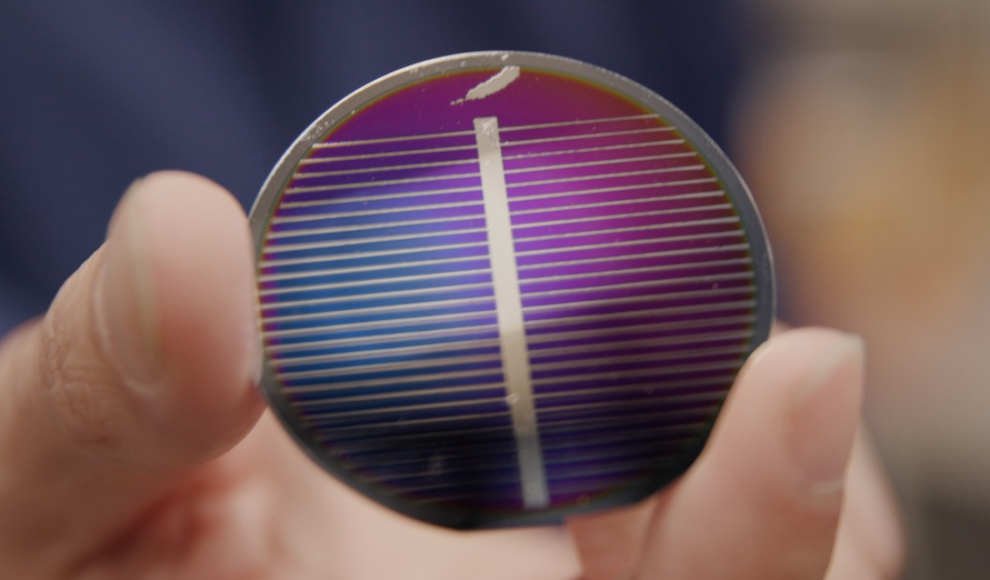Several countries, including China and the United States, are planning to establish a permanent base on the moon in the coming years. While the NASA plans to power its moon station with an autonomous nuclear reactor, the private US space company Blue Origin has presented an alternative solution for energy supply on the lunar surface. The company claims that it is possible to produce solar cells from moon dust, or regolith, which can be found on the moon.
To test their theory, Blue Origin scientists used simulated moon dust with a chemical and mineralogical composition identical to that of the moon regolith. They melted the artificial moon dust at 1,600 degrees Celsius and passed an electric current through it, resulting in an electrolysis process that produced iron, aluminum, and later, silicon for the solar modules. The purity of the silicon obtained was 99.999%, which is required for efficient solar cells. The process also produced glass, which is necessary to protect the delicate solar cells from the harsh lunar environment. The iron and aluminum obtained can be used for other components of the solar panels and for building the moon station.
While the process of melting moon regolith is not new, Blue Origin’s method is unique in that it produces solar cells from the material. The NASA has already used a similar process to obtain pure oxygen from moon dust in 2020. Blue Origin’s process also produces oxygen as a byproduct, which can be used for breathing or as fuel.
In conclusion, Blue Origin’s breakthrough in producing solar cells from moon dust could be a game-changer for the future of space exploration. It offers a sustainable and cost-effective solution for energy supply on the moon, which is crucial for establishing a permanent human presence on the lunar surface.










